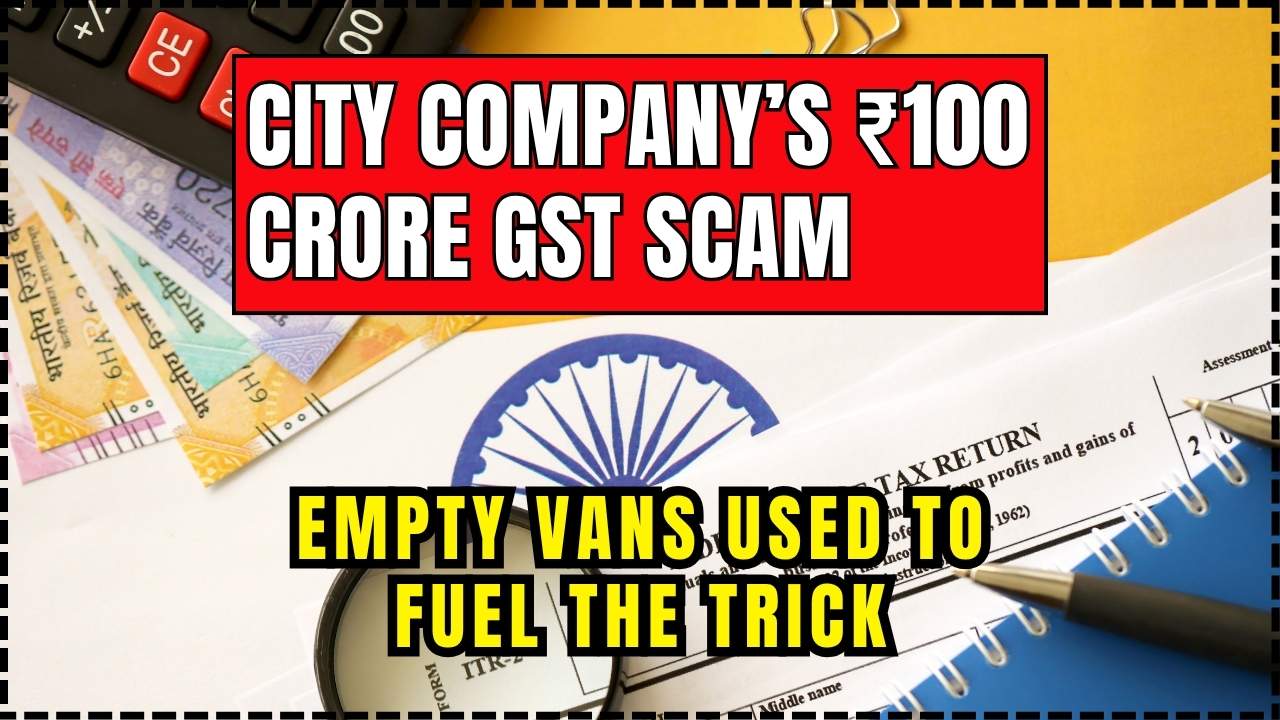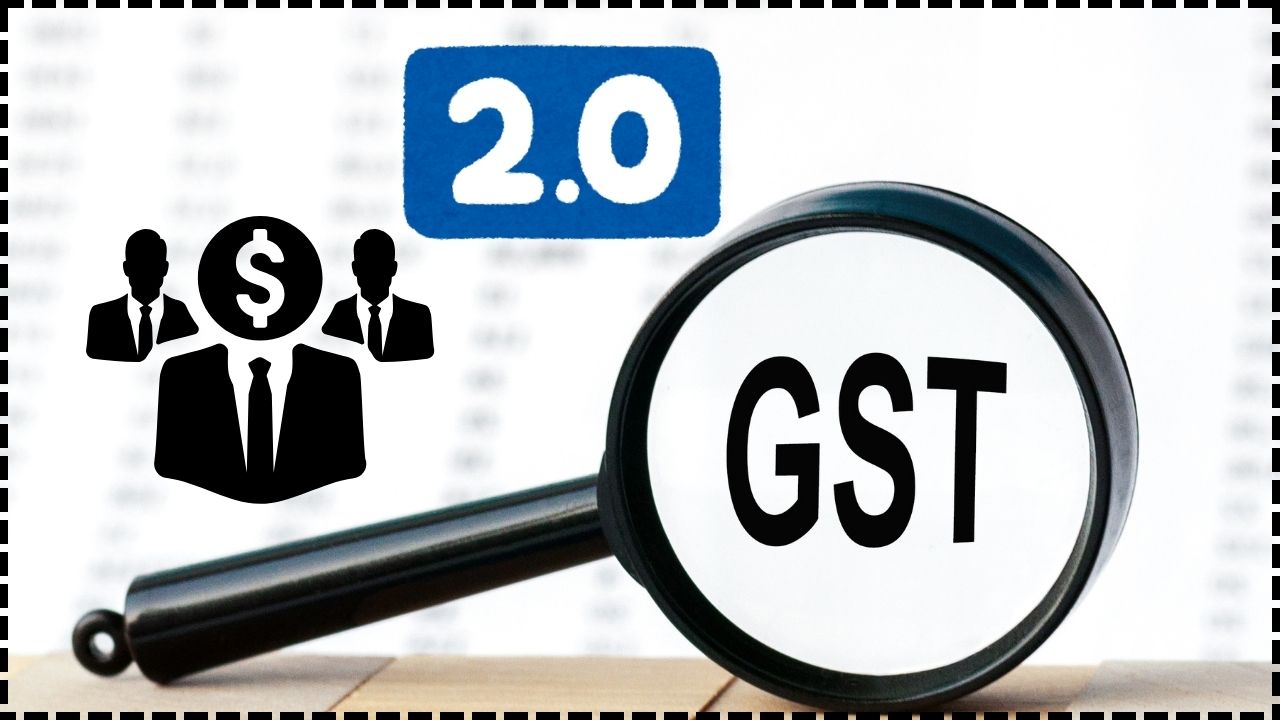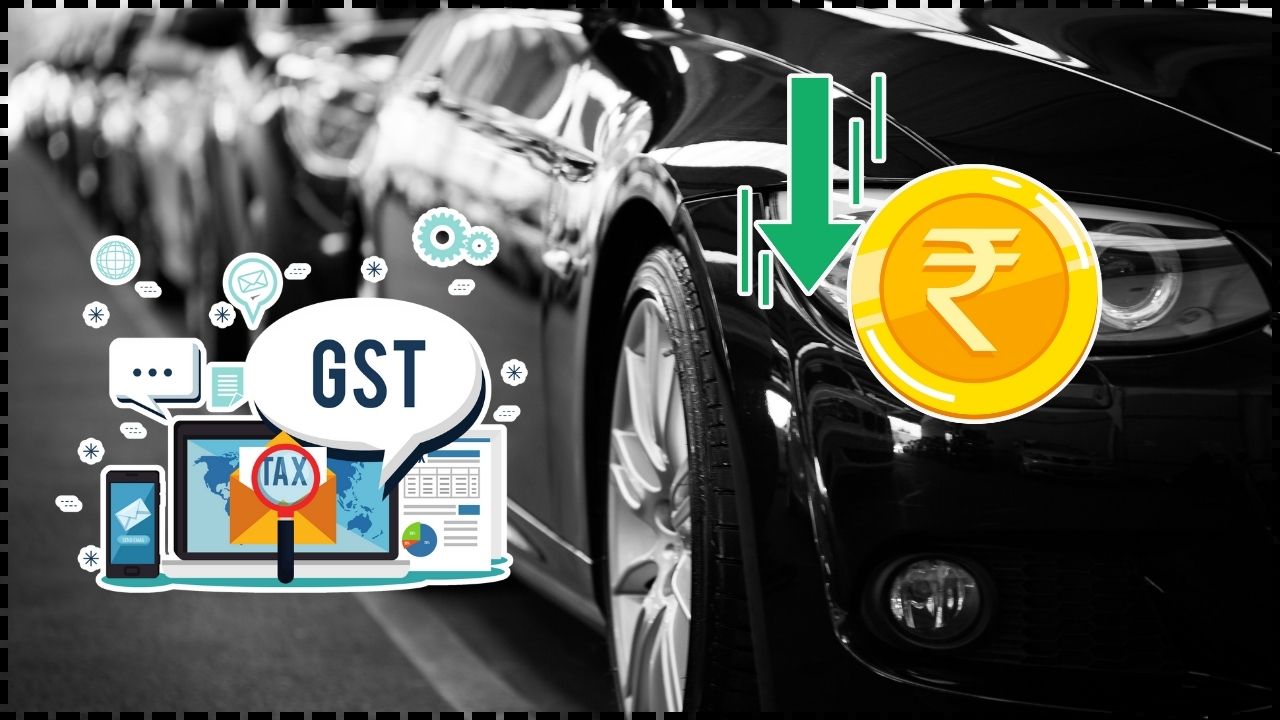New GST Rates Likely By Dussehra: If you’ve been keeping an eye on India’s economy, you’ve probably heard the buzz: new GST rates are likely to be rolled out by Dussehra. The government is preparing to simplify India’s tax structure while also bracing for a serious revenue shortfall. Think of it like when the United States changes federal tax codes—suddenly, it affects businesses, consumer wallets, and government finances all at once. India’s Goods and Services Tax (GST) was first introduced in 2017 to unify dozens of different taxes across states and the central government into a single nationwide system. While the reform was historic, its execution left much to be desired. The existence of four major slabs—5%, 12%, 18%, and 28%—plus various cesses turned GST into something more complicated than originally intended. Now, policymakers are looking to slim this down into a cleaner two-slab system with an additional high-rate levy for sin and luxury goods.
New GST Rates Likely By Dussehra
The GST overhaul by Dussehra 2025 will be India’s boldest tax reform since GST’s launch in 2017. By collapsing four slabs into two, plus a special levy for luxury and sin goods, the government hopes to simplify compliance, encourage consumption, and boost growth. The tradeoff? A major short-term revenue shortfall that could challenge fiscal stability. Whether this gamble pays off will depend on how strongly consumer demand rebounds during and after the festive season. For professionals, the message is simple: prepare your systems and strategies now. For everyday consumers, this reform may deliver cheaper cars, affordable insurance, and stable grocery bills—just don’t expect your luxury shopping to get any lighter on the wallet.

| Aspect | Details |
|---|---|
| Implementation Date | Likely around Dussehra (October 2, 2025), following the GST Council meeting on Sept 3–4 |
| New Structure | 5% & 18% slabs, plus a 40% levy on luxury/sin goods |
| Revenue Loss Estimates | ₹40,000 crore (India Today), ₹85,000 crore (SBI), ₹1.1 trillion (UBS) |
| Boost to Consumption | SBI Research projects ₹1.98 lakh crore in additional consumer spending |
| Proposed Exemptions | Health and life insurance premiums under consideration for exemption |
| Official Updates | GST Council Website |
A Quick Refresher: What Exactly is GST?
The Goods and Services Tax is India’s closest equivalent to the sales tax in the U.S. or the VAT (Value Added Tax) in Europe and Canada. Before GST, each Indian state levied its own set of taxes, while the central government collected excise duty and service tax. It created a nightmare for businesses, who had to pay multiple levies and deal with endless paperwork.
The promise of GST was “one nation, one tax.” And while it simplified things to an extent, the presence of multiple slabs and constant disputes between the central and state governments left the system messy. This new reform aims to get closer to that original promise by removing the middle slabs and streamlining taxation.
Why the New GST Rates Likely By Dussehra Matter?
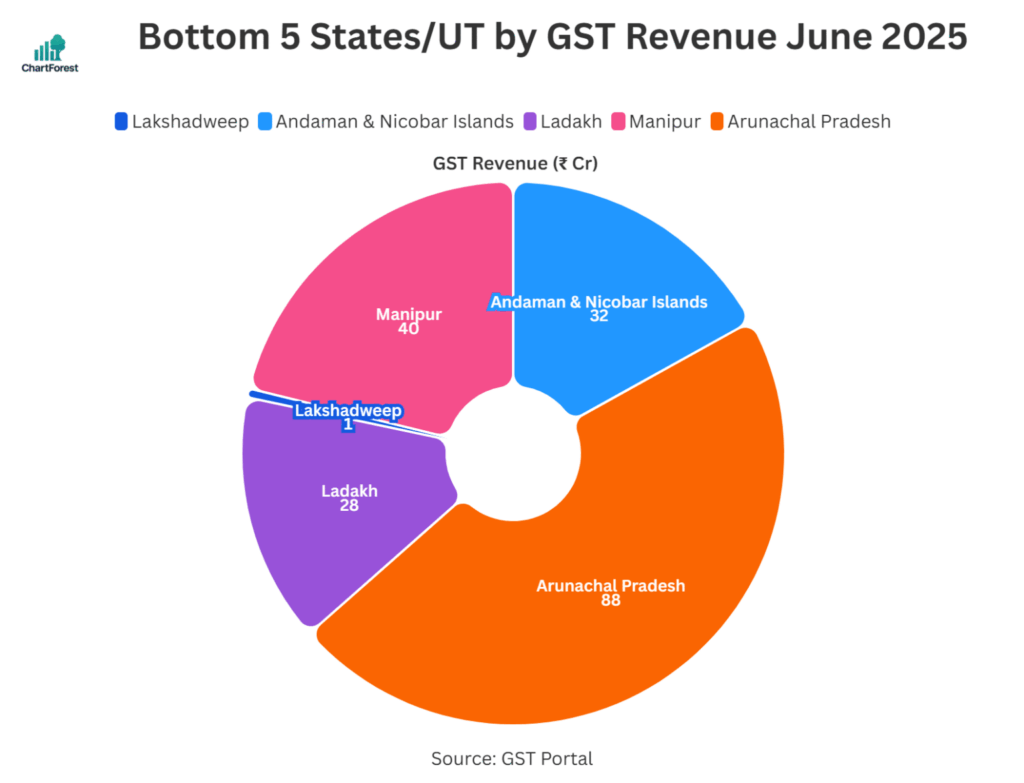
Every tax reform impacts three big groups:
- Consumers, who want lower prices on essentials and durable goods.
- Businesses, who must adapt their accounting systems, supply chains, and pricing strategies.
- Governments, which need to keep enough revenue flowing to fund infrastructure, social programs, and subsidies.
For ordinary families, the biggest wins could be lower car prices, cheaper insurance premiums, and steady grocery costs. For businesses, a more straightforward GST could reduce compliance burdens. But for the government, the risk is clear: billions of dollars in lost revenue at least in the short run.
The Proposed New GST Structure
Here’s what the system could look like by October 2025:
- 5% slab: Covers essentials like food grains, basic medicines, and public utilities.
- 18% slab: Becomes the default rate for most goods and services.
- 40% sin/luxury slab: Reserved for luxury cars, high-end electronics, alcohol, and tobacco.
This mirrors how the United States applies excise taxes to discourage the use of certain products, like gasoline and cigarettes, while keeping sales tax more uniform.
Revenue Shortfall: The Government’s Tightrope
The real tension lies in the numbers. Multiple agencies have weighed in:
- India Today estimates a ₹40,000 crore loss, particularly worsened by lower revenues from online gaming and tax deducted at source (TDS).
- State Bank of India (SBI) Research expects a ₹85,000 crore shortfall, though it forecasts a ₹1.98 lakh crore boost in consumer spending that could offset the losses.
- UBS Global paints a more cautious picture: an ₹1.1 trillion annual shortfall, equal to about 0.3% of India’s GDP.
It’s essentially a gamble. The government is banking on consumer spending—especially during the festive season—to plug the gap.
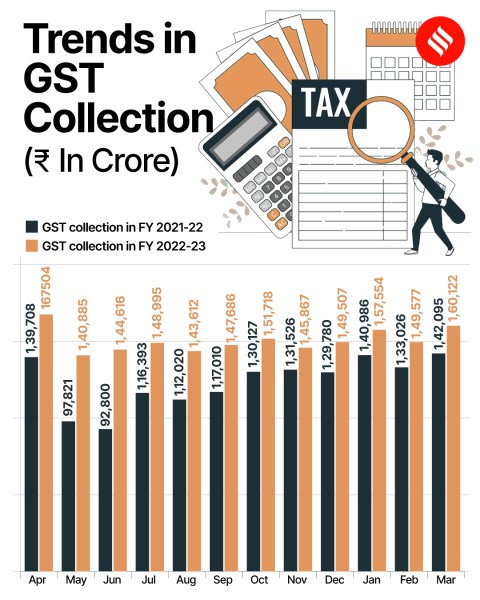
Timing the Rollout with Dussehra
Dussehra, and the weeks leading into Diwali, mark India’s most important shopping season. It’s equivalent to Black Friday and Christmas combined in the United States. Rolling out GST cuts right before this period is both an economic and political masterstroke.
By reducing taxes ahead of the festive rush, the government hopes to trigger a consumption boom, boosting retail, auto, and insurance sales. Politically, it positions Prime Minister Modi’s administration as delivering a “Diwali gift” to the nation.
Sector-Wise Impact
Automobiles
Small cars currently taxed at 28% plus cess could drop to the 18% slab. That means a family buying a hatchback could save several thousand rupees, driving up car sales just like U.S. auto sales spike during state tax holidays.
FMCG (Fast-Moving Consumer Goods)
Most day-to-day items should stay in the 5% slab, ensuring households don’t face price hikes on essentials like soap, milk, and packaged food.
Insurance
Health and life insurance premiums may become exempt from GST altogether, making policies more affordable and encouraging wider coverage in a country where penetration is still low.
Luxury Goods
High-end watches, designer clothes, imported whiskey, and luxury cars will likely face the 40% levy. This is similar to how the U.S. “luxury tax” once worked in the 1990s, though India is applying it much more aggressively.
Digital Economy
Online gaming and digital platforms have been heavily scrutinized. While reforms may ease taxation in some areas, stricter rules for GST and TDS collection could offset gains.
The States’ Dilemma
One of GST’s core features is that revenues are shared between the central government and the states. When slabs are reduced, states stand to lose a big chunk of revenue. Southern states like Tamil Nadu and Kerala, with higher per-capita incomes and higher consumption patterns, are worried about losing their fiscal strength.
This tug-of-war is similar to how U.S. states argue with Washington, D.C. whenever federal taxes or grants are adjusted. Expect heated debates in the upcoming Sept 3–4 GST Council meeting as states demand compensation for lost revenues.
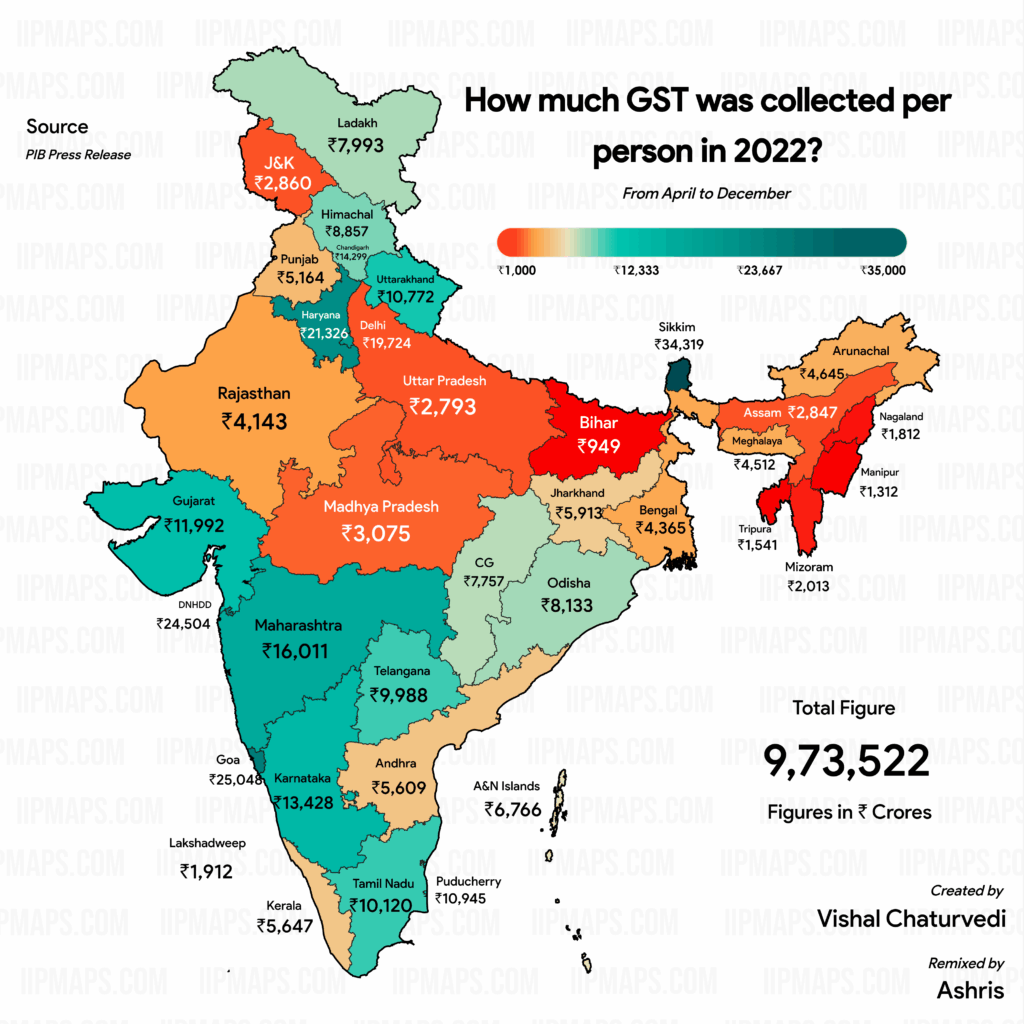
Historical Context and Lessons
India isn’t the first to attempt such a reform. Countries like Australia and Canada adopted GST/VAT systems decades ago. Australia has a single 10% GST, making compliance simple. Canada runs a federal GST plus provincial VAT system, which looks more like India’s hybrid model.
The United States, meanwhile, has no national sales tax—each state sets its own rate, ranging from 0% in Oregon to over 9% in Tennessee. The Indian government’s goal of reducing slabs mirrors the global trend toward simplification and uniformity, even if political compromises make it harder to achieve.
Expert Opinions
Economists are divided:
- SBI Research: “The short-term hit is worth it if it drives consumption-led growth.”
- UBS: “Fiscal prudence is key. India must ensure compliance or risk widening deficits.”
- Confederation of Indian Industry (CII): “A welcome move, but sectoral shocks must be managed carefully to avoid disrupting supply chains.”
Risks and Challenges
Every bold reform carries risks:
- Revenue Stress: If consumer demand doesn’t rise quickly enough, the government’s fiscal deficit could widen.
- Compliance Confusion: Businesses will need to overhaul billing software, ERP systems, and accounting practices—short-term chaos is possible.
- Inflationary Pressure: Some mid-range products may get bumped into the 18% slab, increasing costs for middle-class families.
- Political Pushback: States losing revenue may resist, demanding larger compensation packages from the Centre.
Practical Advice for Businesses and Consumers
For Businesses:
- Start running pricing simulations today to prepare for different slab scenarios.
- Update accounting software and educate finance teams well before October.
- Communicate openly with consumers about price changes—it builds trust.
- Consult tax professionals to maximize input tax credits (ITC) during the transition.
For Consumers:
- If you’re planning to buy a car or insurance policy, it may be worth waiting until October.
- Don’t expect luxury goods to get cheaper—those will remain pricey under the 40% slab.
- Stay alert for festive deals as businesses pass on lower GST benefits to shoppers.
Nomura Predicts 10% Jump in Car Demand If GST Rate Is Cut- Check Details
₹500 Crore GST Scam Busted in Guwahati, Four Held
Thane Man Arrested in Massive ₹47 Crore GST Credit Fraud Scheme

